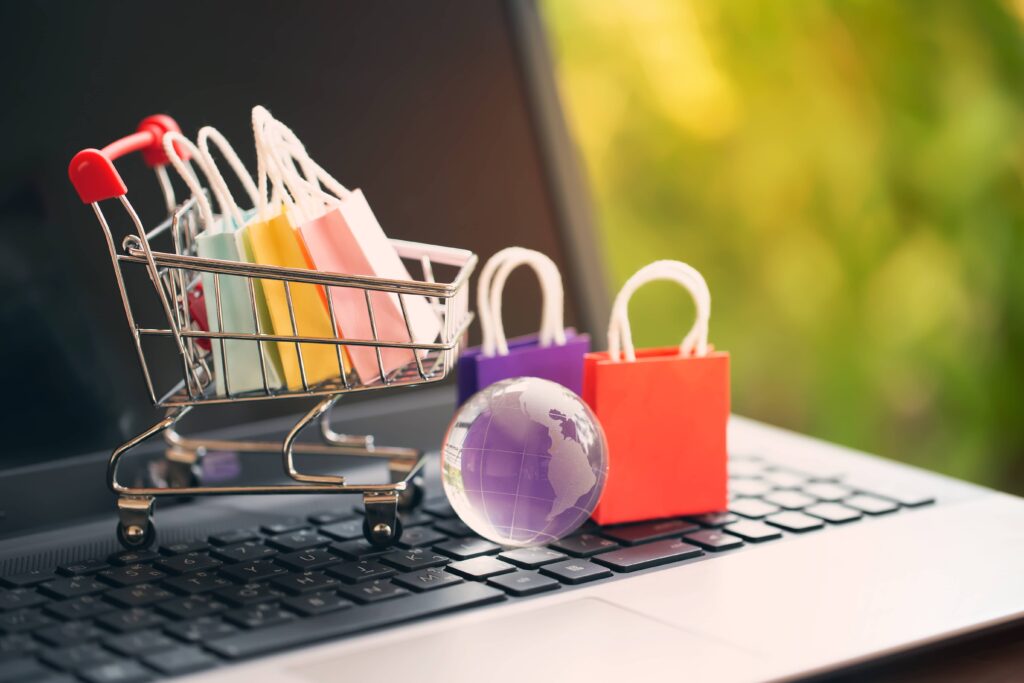What are you wearing today? Chances are, you’re not suited and booted, no tie, or tights or even ‘business casual’. You’re probably at home, and if you’re reading this blog then you’re definitely #WFH.
Tempting as it is to stay in your sweats or dressing gown, it does help to get dressed if you’re going to work, even if it’s only at the kitchen table. Especially if you’ve video calls in the diary. And if you are a Member of Parliament. Speaker Lindsay Hoyle has made it clear that MPs participating in upcoming virtual sessions will be expected to stick with the regular House of Commons dress code. While they won’t be required to wear ties, “leisurewear will not be accepted”.
For the rest of us, there’s little need to get dressed at all. No school drop off, no commute, no workout at the gym, no eating out, dancing or dating. No wonder clothing sales have fallen of a cliff. Retail Gazette reports the sector is facing a £14 billion loss in the UK due to coronavirus lockdown. Primark has gone from £650 million sales a month to zero.
But staying in PJs all day isn’t the answer. When we look better, we feel better. Which explains the uplift in sales of active and athleisure wear. Some people may choose wide leg linen trousers and an elegant cashmere sweater, but for most us, it’s time for something loose, something stretchy, something comfy – sweatpants, leggings and oversize T shirts.
It’s a trend across the board. Net-a-porter reports a 40 per cent increase in general sweatpants sales in the first week of COVID-19 lockdown; analysts say ASOS’ active wear range will contribute to its ability to weather the retail storm; and M&S launched its own athleisure collection. Even high profile influencers such as Hailey Bieber and Bella Hadid have swapped designer wear for lower key leisure outfits. According to Global Data, the global athleisure market was forecast to rise 9.0 per cent in 2019 and be worth $570bn by 2023. Online is predicted to be the fastest growing channel for the women’s activewear market.
Of course, before the current #stayhome era, athleisure was already a growth category, driven by the pursuit of personal health and wellbeing (see our recent blog on this topic here), more flexible workstyles and corporate cultures that champion informality. In the UK, 20 per cent of consumers purchase sports clothing specifically for leisure activities and free time, not for exercise.
Right now though, consumers are going to be very careful with their spending. Employees are on reduced hours, furloughed or even losing their jobs. Incomes are down and the future is uncertain. Individuals will want to justify purchases and buy clothing and footwear not just for here and now but will take them into life after lockdown. Responsible retailers will guide shoppers to the right products and good purchasing decisions (it’s hard to make returns when you can’t leave the house). Social proof messaging can help deliver that experience.
Social proof acts as a virtual sales assistant, using data based on the behaviour of other customers, and messages that reflect the brand identity. It can help consumers (some of them online for the first time) to:
- understand their options with real time information on stock levels or sizing information (‘95% of buyers gave this 5* for fit)
- understand what’s trending, what’s hot
- have confidence in their decision (‘Excellent choice – 156 people have bought this in the past 24 hours’)
- feel part of a bigger community: (’19 other people are looking at this right now’) – in other words, you may be shopping online but you are not alone in the store.
Life is not going back to normal any time soon. It’s quite possible that the sudden transition to more flexible working may stick around. For many people, that will make life a little easier, a little more comfortable. But whatever comes next, athleisure wear is unlikely to fall out of favour. In the meantime, social proof can help give every customer a positive online experience and feel cared for and connected with their retailer.
As millions of #stayhome consumers turn to online shopping, retailers are working flat out to make sure their websites can meet demand. In response, Taggstar’s put in place extra resources to help retailers introduce social proof at speed. Getting social proof operational on a website need only take days. Our priority at this time is to support retailers so that they can provide the best possible service to all their customers.



